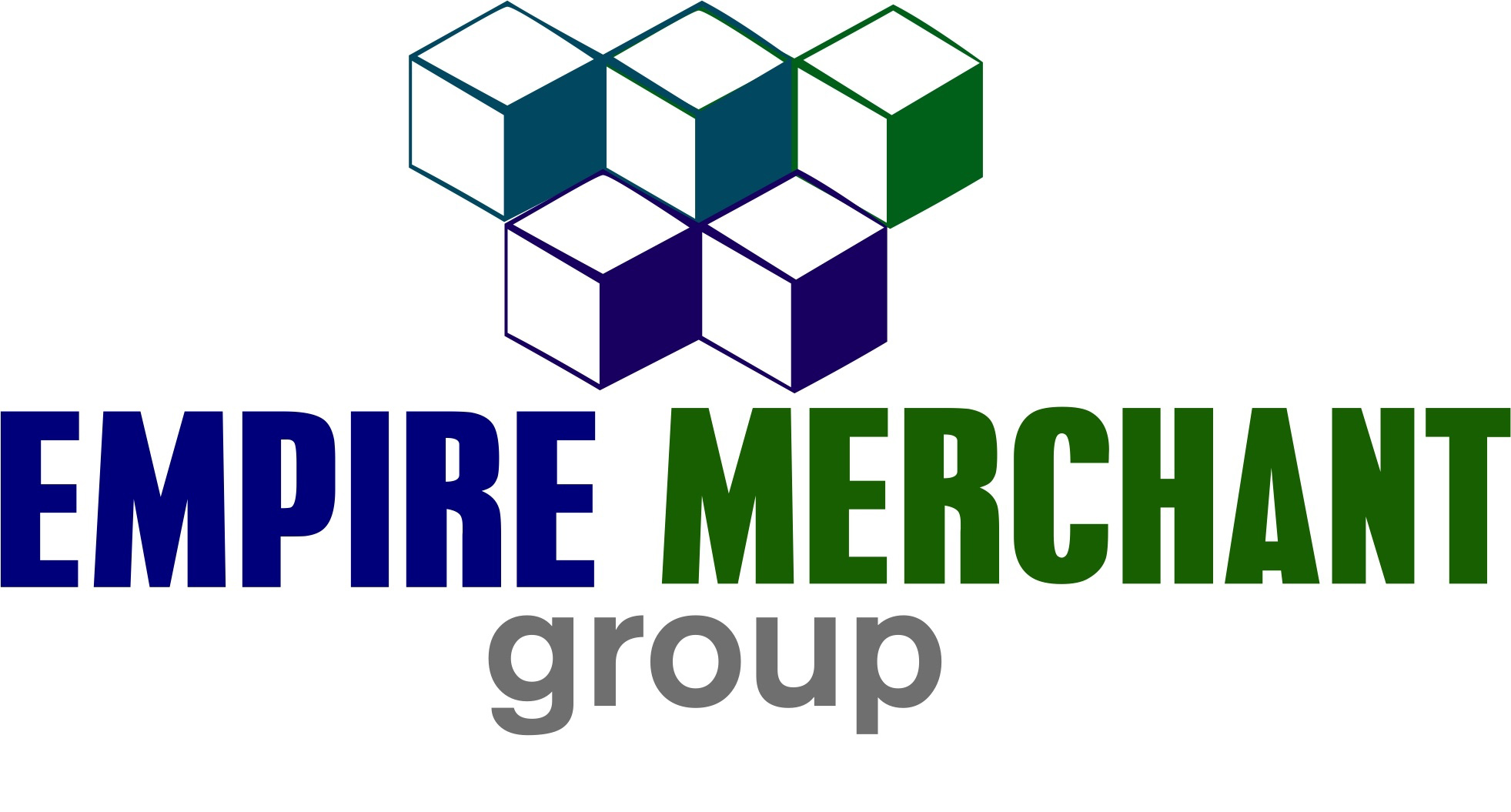Asset-Based Loans are a type of asset-based lending, which is an umbrella term for borrowing against assets. Assets are things that have value to the company and can be sold if necessary. They are used as collateral or security for borrowing by companies that need access to funding but do not have sufficient existing cashflow or other credit facilities providing security.
As well as Asset Based Lending, there are three main types of asset-based loans. These include Inventory loans, equipment loans, and accounts receivable loans. There are also subcategories within these three main types, such as Accounts Receivable factoring, where money is advanced at the point of sale on goods or services supplied but not yet paid for by the customer.
The three types of asset-based loans are used to provide quick access to funding for businesses that have either no existing credit facility or insufficient security. They have a number of benefits, including being able to unlock cash tied up in assets, financing without having to make monthly repayments, and since they will be secured against your assets, interest rates tend to be lower than with other types of borrowing.
Inventory Loans
Inventory loans are often the main type as they can help fund stock purchases as well as payment terms for customers who pay suppliers later who may need working capital for this purpose. In essence, an inventory loan is not dissimilar from a standard invoice factoring arrangement.
Payment terms are offered to suppliers by drawing on an inventory loan against invoices provided by the supplier. On the sale of goods, money is advanced to the company selling the goods at the point of sale, so they do not have to wait for payment from their customers before paying for the stock.
When does it work best?
Inventory loans are often used by companies that sell high-value items. They require credit periods with their suppliers in order to pay them later than standard payment terms would allow while still having enough time before the customer pays them. The amount of finance available will depend on an assessment of your accounts receivables, ability to repay, and how much you want to take out over what period of time. This could be from a few thousand to £500,000 and is repayable over 1 to 3 years.
Equipment Loans
An equipment loan is a loan against tangible assets such as plant and machinery, vehicles, or other physical assets. The loan can be used for a number of reasons, such as financing the purchase of new equipment, upgrading or expanding an existing operation, or even purchasing a new business.
The main benefit of an equipment loan is that it can help you to spread the cost of major capital expenditure over a longer repayment period than you may get with a standard bank loan. This can be very helpful in times of cash flow pressure.
How much finance is available?
The amount of finance available through an equipment loan ranges depending on the type and value of the asset you are looking to borrow against. Loans can be for anything from £1,000 to £500,000 or more and are typically repaid over 1 to 5 years.
Accounts Receivable Loans
An accounts receivable loan is a loan that is secured against outstanding invoices. The advantage of this type of loan over other types of borrowing is that it can provide quick access to cash as the money is advanced as soon as the invoice is raised. This means there is no need to wait for the customer to pay the invoice, which can take some time, especially if they are in dispute.
What are the risks?
One key risk with an accounts receivable loan is that you are putting your credit at risk as you are borrowing against invoices that have yet to be paid. If you are not able to repay the loan, the lender may decide to call in debt faster than would be the case with other types of borrowing.
What are the costs?
The costs associated with an accounts receivable loan will depend on a number of factors, such as the amount you borrow, the lender you use, and your credit rating. You can expect to pay an arrangement fee as well as interest on the amount borrowed. The overall cost of borrowing can be high, so it is essential to make sure you factor this into any decision you make.
There are three main types of asset-based loans – inventory loans, equipment loans, and accounts receivable loans. Each one has its own benefits and drawbacks, so it is important to understand which one is right for you before you take out a loan.
